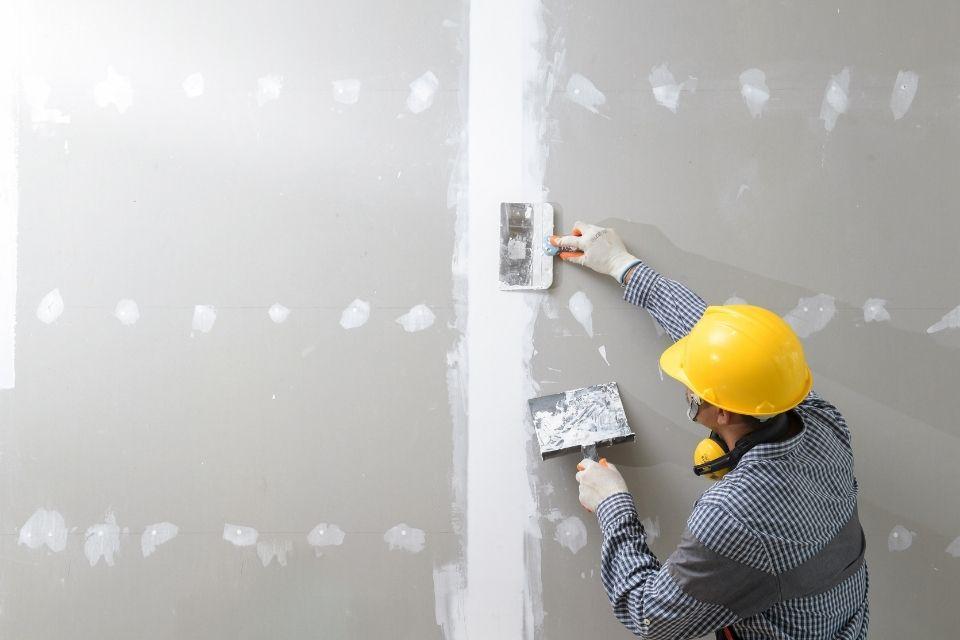Even the most skilled contractors miss details and make a few errors when installing drywall. When starting a new project, remember that drywall installation requires precise work and creativity.
Mixing the two sometimes gets tricky, and things can fall through the cracks. Remembering these common mistakes to avoid when starting drywall projects will improve your installation process.
Neglecting the Jobsite
In the drywall business, you won’t get far without properly organizing your jobsite first. Organization is the foundation for all contracting jobs. An orderly jobsite makes it easy to move around and complete your work quickly and efficiently.
Keep your workspace as clean as possible. Pack away tools and materials once you finish with them. The same rule applies to furniture. Remove all big pieces so you can move around the space freely. Creating a good traffic flow will prevent mistakes and accidents.
After you organize the workflow, manage your team, too. Always keep an open line of communication to increase efficiency and productivity.
Not Cutting Tapered Edges
The interior wall will crumble at the edges and chip away at the corners if you cut the drywall for a tight fit. If you don’t leave a gap, you’ll end up with tapered edges and have to start all over.
Remember, it’s better to fill in the gaps rather than replace the entire drywall sheet. Run a sharp utility knife at a 45-degree angle down the whole length until you reach where the edges will meet.
After this, correctly measure and cut off the correct length of drywall tape. It’s always better to measure 10 times and cut once rather than measure once and cut 10 times.
Incorrect Joint Placement and Installation
Two adjacent sheets fitting together too tightly can result in the drywall breaking during and after installation. As with the seasons, changing the frames will expand and contract. Make sure you create enough space for this to happen to avoid any cracks.
Avoid using too many joints to save time when installing your sheets. Try using more prominent and longer sheets for your projects. Wider sheets mean you avoid the need for additional horizontal joints.
Lastly, try not to place your joints next to doors or windows. Lining up your joints with doors and window frames can lead to cracks because the joints next to the windows and doors are weaker. Homes constantly shift and settle as time goes by.
Fastening Before Trimming
Remember your drywall sheet must fit around the outlet box before fastening. Trim the opening before you secure the drywall into the frame. If you try to force the drywall over the outlet box, you will break the drywall.
After measuring and cutting the sheet, hold the drywall to the outlet box to see if it fits. Once you get the sheet in place, trim away any excess drywall and line it up with the edges using a utility knife. Never fasten the screws until the hole is correct. This process makes for easier installation.
Drywall installation is an art form and exact science. Remember to honor both points to avoid making mistakes when starting your drywall project.

